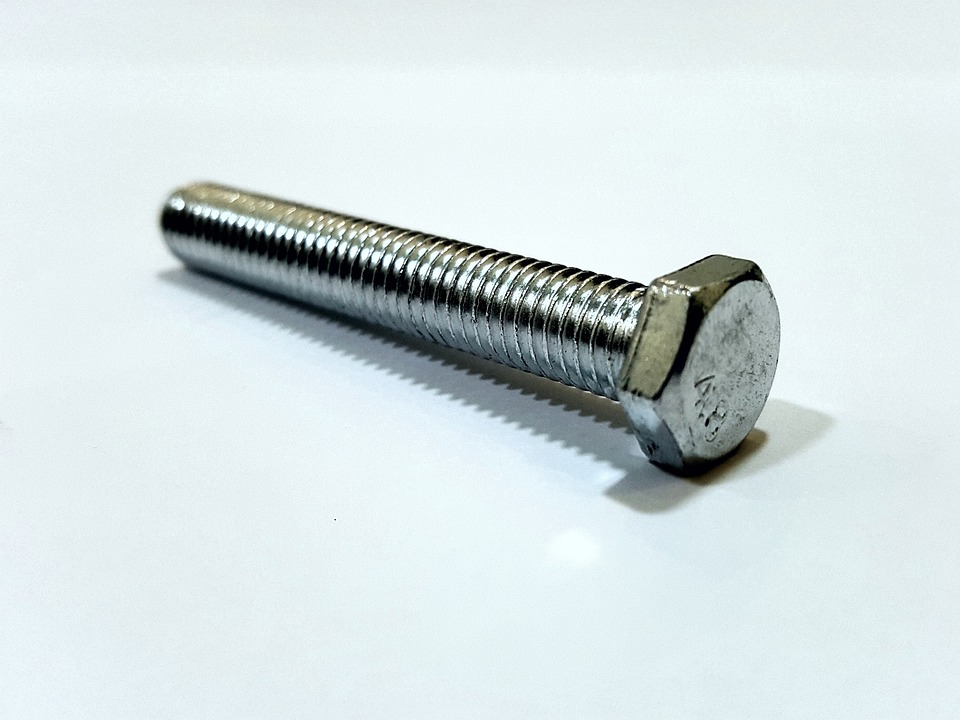Gabapentin for Nerve Damage & Epilepsy: Choosing the Right Dose
Gabapentin 300 mg and 800 mg are used to treat nerve damage and epilepsy. Learn how to choose the right dose for pain relief and seizure control.

Gabapentin is a widely prescribed medication for managing conditions such as nerve damage (neuropathy) and epilepsy. It helps calm overactive nerve activity in the brain and peripheral nervous system, reducing symptoms like burning pain, tingling, and seizures. However, many patients face confusion when deciding between Gabapentin 300 mg and Gabapentin 800 mg. This article will break down the uses, benefits, and considerations of each dosage to help you choose the right treatment path.
What Is Gabapentin?
Gabapentin is an anticonvulsant and nerve pain medication that works by altering calcium channel activity in the nervous system. It was initially developed to treat seizures but is now commonly used to relieve nerve pain caused by conditions like diabetic neuropathy, postherpetic neuralgia, and fibromyalgia.
The drug does not cure the condition but manages symptoms effectively. It is available in various doses, with Gabapentin 300 mg and Gabapentin 800 mg being among the most commonly prescribed.
Gabapentin 300 mg: A Mild Starting Dose
Gabapentin 300 mg is often the starting dose for both nerve pain and epilepsy. It allows the body to adjust to the medication gradually while minimizing side effects.
When is Gabapentin 300 mg used?
-
Initial treatment for mild to moderate nerve pain
-
First step in epilepsy management
-
Patients with low body weight or renal impairment
-
Elderly individuals or those sensitive to side effects
Common Benefits of 300 mg:
-
Reduced nerve tingling, stabbing, or burning sensations
-
Fewer side effects such as dizziness or fatigue
-
Easier to combine with other medications
For many people, Gabapentin 300 mg provides sufficient symptom control without needing a higher dose. However, if symptoms persist, the dosage may be increased gradually.
Gabapentin 800 mg: A Stronger Option for Chronic Symptoms
Gabapentin 800 mg is typically prescribed to individuals with severe nerve damage or uncontrolled epilepsy when lower doses prove ineffective.
When is Gabapentin 800 mg used?
-
Moderate to severe neuropathic pain
-
Frequent or uncontrolled seizures
-
Cases where 300 mg or 600 mg offers limited relief
-
Patients who have built a tolerance to lower doses
Common Benefits of 800 mg:
-
Stronger pain relief and seizure suppression
-
Extended symptom control throughout the day
-
Fewer required daily doses due to higher strength
However, higher doses also carry a greater risk of side effects such as drowsiness, dizziness, blurred vision, and coordination issues.
Gabapentin for Nerve Damage
Neuropathic pain is one of the most debilitating symptoms of nerve damage. Gabapentin works by calming the overactive nerves responsible for sending pain signals.
Gabapentin 300 mg is often effective in early stages or mild neuropathy. In contrast, Gabapentin 800 mg is reserved for more severe or chronic pain that interferes with daily activities.
The goal is to balance effective pain relief with the fewest side effects. Doctors may start with 300 mg and gradually titrate to 800 mg or higher, depending on your response.
Gabapentin for Epilepsy
Gabapentin helps prevent seizures by stabilizing electrical activity in the brain. It's used alone or with other anti-seizure medications.
For epilepsy, Gabapentin 300 mg may be used in the initial phase, especially for partial seizures. If seizures continue, doctors may increase the dose to Gabapentin 800 mg or more, depending on patient response and tolerability.
Titration is keytoo high a dose too quickly can lead to sedation or confusion.
Which Dose Is Right for You?
Choosing between Gabapentin 300 mg and Gabapentin 800 mg depends on several factors:
-
Severity of nerve pain or epilepsy
-
Patients age and weight
-
Kidney function
-
Sensitivity to medication
-
Other medications being taken
Always follow your healthcare providers guidance. Self-adjusting Gabapentin doses can be dangerous and may worsen side effects or cause withdrawal symptoms.
Conclusion
Gabapentin is a highly effective medication for treating both nerve damage and epilepsy, but proper dosing is essential to get the most benefit. Gabapentin 300 mg is a great starting point for new patients or mild symptoms, while Gabapentin 800 mg offers stronger relief for more complex cases. Understanding your treatment goals and communicating openly with your doctor will ensure you're on the right dosage for optimal relief and safety.





























